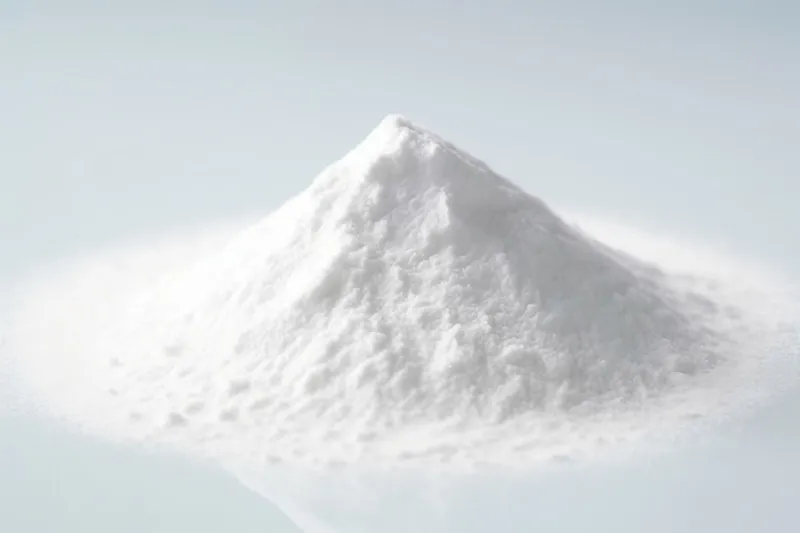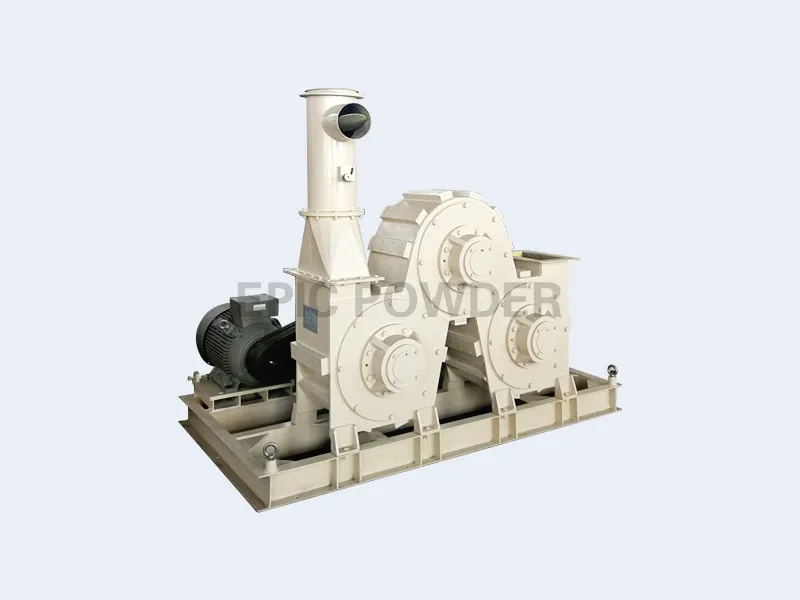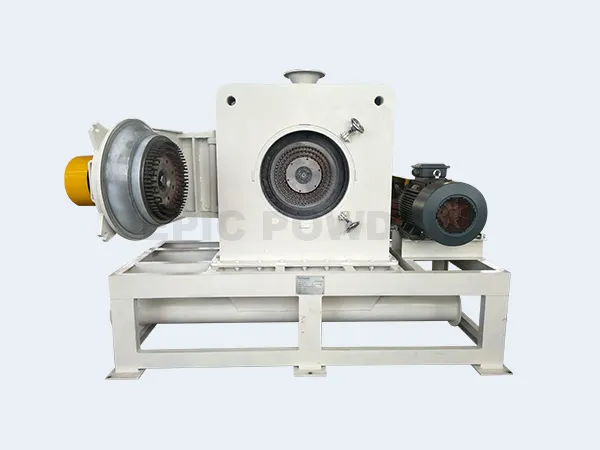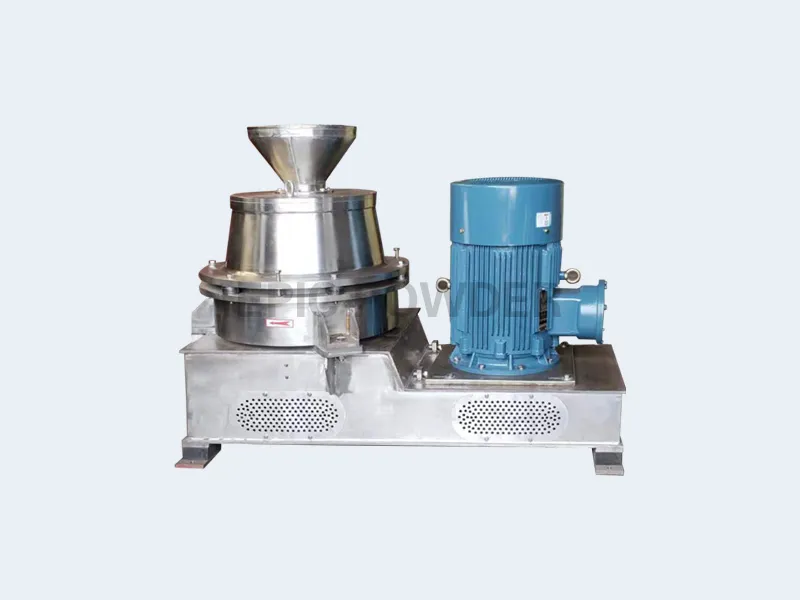At present, in the papermaking process, filler and pigment dosage has been second only to fiber, is the second most important raw material. Commonly used papermaking fillers are calcium carbonate, talc, kaolin, wollastonite, bentonite and so on. Papermaking has gradually shifted from acidic to neutral and alkaline processes. Modified calcium carbonate, as an important papermaking raw material, is increasingly used in the paper industry.

Calcium carbonate is used in papermaking in two ways. It is filler. It is also a pigment. Overall, calcium carbonate and other fillers on paper opacity, stiffness, tightness (loose thickness), strength, whiteness, smoothness, anti-aging, yellow resistance, brittle resistance and other properties have significant improvement. Many paper companies do this too. They optimize the papermaking process and calcium carbonate use. They do this through ultrafine crushing, modification, compounding, and other processes to better apply calcium carbonate. Powder network editors have organized the production technology of paper enterprises that use calcium carbonate. They have done so in recent years to share with you. They will share it along with the understanding of paper enterprises concerned about calcium carbonate.
How to apply calcium carbonate in paper-making enterprises? Coating modification, powder compounding technology is favored!
Paper company calcium carbonate application patent technology
Coating modification to avoid agglomeration
Ltd. This papermaking method saves fiber. An encapsulant is added to the papermaking process. The encapsulant is a gum made by cooking a mixture of 3.57%-12.5% starch, 12.5%-21.4% modified composite calcium carbonate, and 70%-75% water. The cooked starch can wrap and adsorb the calcium carbonate. This prevents the calcium carbonate from clumping and sinking. Instead, it forms a solid colloid of starch-wrapped calcium carbonate.
Pre-flocculation modification to increase the filler additions
Ltd. announces a paper product, papermaking filler, and a way to modify them. The modification method has several steps. First, add polyaluminum chloride to a calcium carbonate filler and stir to form a first mixing solution. Then, add pregelatinized phosphoric acid ester starch and stir to form a second mixing solution. Next, add sodium acrylate homopolymer and stir to form a third mixing solution. Finally, add cationic polyacrylamide and stir to get a filler flocculent with a coating. solution; adding a cationic polyacrylamide solution to said third mixing solution and stirring to obtain a filler floc with a coating substance. In this modification method, the filler is first coated and then pre-flocculated. The modified filler is added to the pulp for paper making. This keeps the pulp’s water filtration and retention while adding filler. It also keeps the paper’s strength and surface quality, even as the filler amount is increased. Under the premise of ensuring the running performance of the paper machine and achieving the same paper quality, the cost of raw materials for paper making can be reduced.
Cerium Nitrate Modified Calcium Carbonate to Improve Paper Weathering and Anti-Yellowing Properties
Zhejiang Huafeng Paper Technology Co., Ltd. The patent discloses an anti-yellowing base paper and a method of making it. The method has three parts. Method one uses cerium nitrate modified calcium carbonate. Method two first modifies calcium carbonate with cationic starch. Then, it modifies the cationic starch calcium carbonate with cerium nitrate to make cerium nitrate modified composite filler. The modified filler of methods one and two is added to the paper copying system as a filler. Method III involves the application of a cerium nitrate modified surface treatment agent at the sizing step. The three methods of this invention all added cerium nitrate. They added cerium nitrate after drying. This causes it to decompose into cerium oxide, which is an ultraviolet absorber. It can improve the wallpaper raw paper’s resistance to yellowing due to weathering. The invention uses existing copying equipment. The papermaking process does not need to be improved. It only needs modified filler or sizing agent to be made. The papermaking equipment and process conditions do not need to change. No extra equipment or steps are needed.
Heavy Calcium Carbonate and Light Calcium Carbonate with Coating
Ningbo Asia Pulp and Paper Co. Ltd. discloses a glass cardboard and a coating for glass cardboard, and a preparation method. The application includes a pigment, a latex, and an additive. The pigment has heavy and light calcium carbonates, and their mass ratio is 30:100. The pigment’s mass ratio to the latex is 10:20-30. The latex includes at least one of a polyvinyl acetate latex, a styrene butadiene latex, and a styrene acrylic latex. This application uses heavy and light calcium carbonate. They have a better stacking effect between the particles. This forms a coating with good flatness and high gloss. Also, they have a better pore-filling effect. This satisfies the printing drying effect and the filling of the latex. This makes the paper of the glass cardboard even flatter. It also creates a higher gloss and a mirror effect.
Adjustment of basecoat and topcoat formulations to improve ink absorption of coatings
Shandong Bohui Paper Industry Co., Ltd. discloses a high whiteness, excellent printing coated paper cup base paper and its preparation method, belonging to the field of papermaking technology. The raw paper has three layers: a face layer, a core layer, and a bottom layer. The coating layer has three layers: a front face layer, a front bottom layer, and a back layer. The front face layer has: calcium carbonate, china clay, latex, dispersant, water-resistant chemical, lubricant, NaOH, and sodium carboxymethyl cellulose. The front bottom layer has: calcium carbonate, latex, dispersant, water-resistant chemical, lubricant, NaOH, and sodium carboxymethyl cellulose. The back layer is starch. The invention improves the coating’s ink absorbency by flattening the paper and changing the coating formula. The method is flexible, simple, and low-cost.
Shandong Huatai Paper Industry Co., Ltd. announced a process for printing color newsprint with anti-permeability. The process uses special chemical pulp from newsprint to increase fine fibers and lower whiteness. It keeps the most lignin. It also uses ultra-fine filler to reduce its size and increase its absorption. It uses ultrafine calcium carbonate, ultrafine calcined china clay, and ultrafine ground fly ash. These mineral fillers improve newsprint ink absorption and reduce ink penetration. This process makes the newsprint have smaller pores, more of them, and better ink absorption. It solves the problem of print-through under heavy ink and color.
In situ generation of flexible calcium carbonate from cellulose improves mechanical and combustion properties of cigarette paper
Yunnan China Tobacco Industry Co., Ltd. It has disclosed a method for making flexible calcium carbonate. In the method, carbon dioxide is added to water containing calcium oxide and nanocellulose. This makes the calcium oxide react with the carbon dioxide to form the flexible calcium carbonate on the nanocellulose. The invention also says the flexible calcium carbonate made by the above method can be used in cigarette paper. In this use, the flexible calcium carbonate is added to the pulp. Then, the mixture is made into paper. This process improves the paper’s strength, burn rate, and filler retention.
Controlling Large Calcium Carbonate Particles to Reduce Forming Mesh Wear
Dongguan Jianhui Paper Co., Ltd. It includes a storage device, a filler pump, a filter, a diluter, an extra doser, and a pulp pump. The storage device, filler pump, filter, and pulp pump are connected in a row by a pipe. The diluter is in the pipe between the filter and the pulp pump. The doser is in the pipe between the diluter and the pulp pump. There is also a return pipe between the diluter and filter. The other end of the return pipe reaches the storage device. In summary, the model filters out large slurry particles with a filter. This reduces the abrasion of the molding net. Strict flow and concentration control can further cut slurry abrasion on the net.
The authors found that in the technology inventory, modified technology is the top concern. The main aim of modification is to improve dispersibility and add coating. The most used modified technology is coating. Second, the aim is to make paper better and more functional. Treating calcium carbonate is mainly modified and compounded. It still mainly acts as a filler. The shape and function of calcium carbonate powder are related. But, the technology to use it is not yet mature.
EPIC Powder Recommends Three Calcium Carbonate Powder Coating Modifiers

Three-roller Mill for Calcium Carbonate Powder Coating
Principle and characteristics of three-roller mill modification machine: through the relative motion of the three rotors to change the cyclone vortex and other effects to realize the powder surface coating. No heating device, investment, low operating costs.
Turbo Mill for Calcium Carbonate Powder Coating
Turbo mills are excellent in the field of material depolymerization, dispersion, pulverization, modification, etc. They are specialized in the production of micro and nanopowder particles for which the size distribution of powder size is required.

Pin Mill for Calcium Carbonate Powder Coating
Needle pin mill to do heavy calcium powder coating modification, has long been used as a core competence by the world’s major mining giants.

